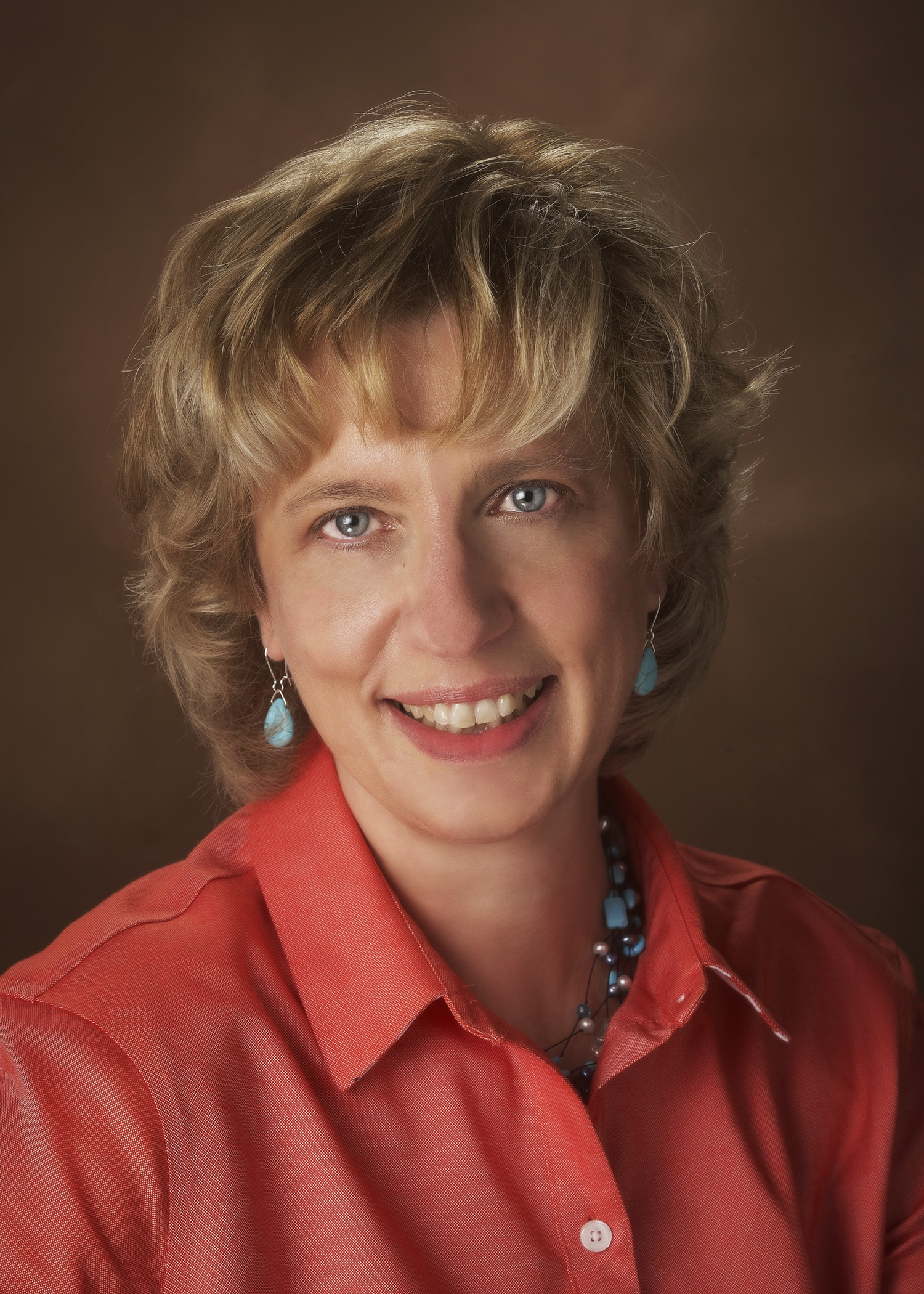 I gave a talk yesterday to an enthusiastic group of women business owners for an organization called WBON. I engaged the group with a few exercises on language and word usage, including sound symbology. What a lively conversation.
I gave a talk yesterday to an enthusiastic group of women business owners for an organization called WBON. I engaged the group with a few exercises on language and word usage, including sound symbology. What a lively conversation.
The topic? Strategies, 5 specifically, that make your marketing copy sing. It included the usual suspects–alliteration, using a mix of sentence lengths (stay away from using just simple sentences in your copy, unless you’re writing it so cleverly and the staccato effect is part of the point you are making), and peppering your copy with foreign words, colloquialisms, and other unusual words and phrases.
You have to know your audience and deem it appropriate, however, if you’re going to add jargon, homegrown phrases, and foreign language to your overall text. ALWAYS write TO your audience. Don’t make them work at understanding your copy.
The first two exercises were the most fun: listening to consonant sounds and blends and seeing how they affect, arouse, or diminish emotion. The exercise dealt with onomatopoeia words, but onomatopoeia words on steroids. Beyond just the effect of the words sounding like their definition, the consonants (and some vowels) or blends (also called diphthongs) may refer to things like the upper respiratory region of humans (/sn/: sneeze, snot, sneer, sniff, snore), movement through air (/fl/: fly, flap, flee), or roundness of shape (/ump/: rump, hump, bump, slump).
This is called sound symbology, and it’s a magical topic that linguists study. I say magical because it’s universal (/U/ as the first letter can refer to the concept of largeness), so much so that some letter sounds mean the same thing across a few or several languages.
You could almost say, and some do, that the sounds are so embedded in the human psyche that they are archetypal in nature.
Here is a series of /gl/ words; they reference light. Can you see what happens from the first to the last word? Contact me if you have an answer, and I will forward back a message to you that explains how and why they do what they do:
Glee, glitter, glisten, glitz, glimmer, glaze, glamour, glare, gloom, gloaming
